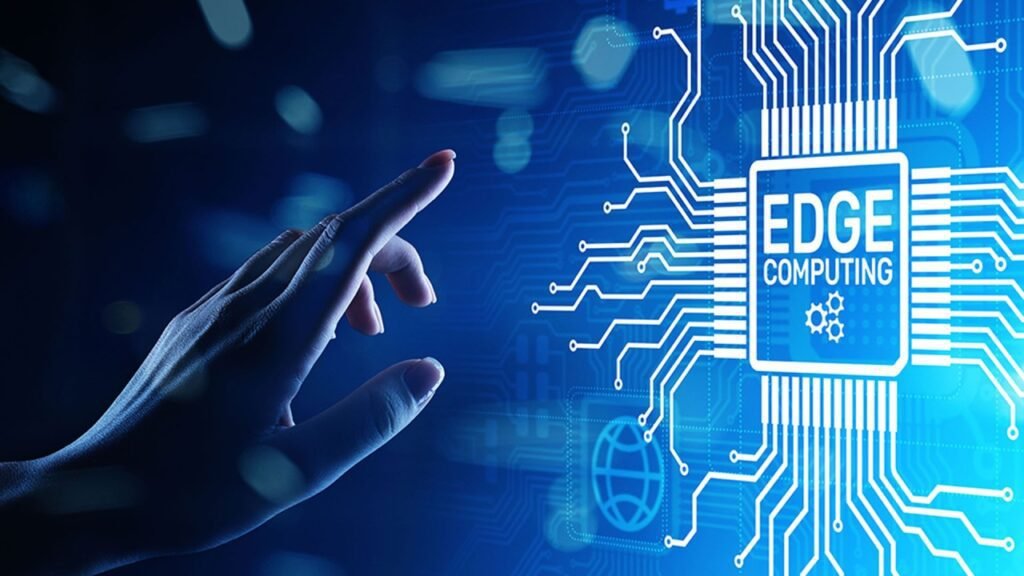Introduction
Edge computing represents a significant shift in the paradigm of data processing, particularly in the era of the Internet of Things (IoT). As IoT devices proliferate, generating vast amounts of data, traditional cloud computing models are increasingly facing challenges such as high latency and bandwidth constraints. Edge computing emerges as a solution, bringing data processing closer to the source of data generation, thereby reducing latency and enhancing efficiency. This article explores the transformative impact of edge computing, its applications, and the future it holds in the context of a rapidly expanding IoT landscape.
The Emergence of Edge Computing
Overcoming the Limitations of Cloud Computing
While cloud computing has been the backbone of modern data processing, it is not without its limitations, especially for applications requiring real-time processing. Edge computing addresses these limitations by processing data at or near the source of data generation, significantly reducing the need to send data back and forth to the cloud.
The Role of Edge Computing in IoT
In the IoT ecosystem, where devices are constantly generating data, edge computing plays a crucial role. By processing data locally, IoT devices can operate more efficiently and react in real-time. This is particularly vital in scenarios where a split-second delay could be critical, such as in autonomous vehicles or remote medical monitoring.
Key Applications and Benefits
Enhanced Performance and Reduced Latency
One of the primary benefits of edge computing is its ability to enhance performance and reduce latency. By processing data locally, decisions can be made much faster, which is essential for applications like self-driving cars, where every millisecond counts.
Bandwidth Optimization and Cost Reduction
Edge computing reduces the strain on network bandwidth by minimizing the amount of data that needs to be transmitted to the cloud. This not only optimizes bandwidth usage but also reduces associated costs, particularly for businesses dealing with large volumes of data.
Improved Security and Data Privacy
Processing data locally also means that sensitive information does not have to traverse through the network to the cloud, reducing exposure to potential security breaches. This aspect is particularly appealing for industries handling sensitive data, such as healthcare and finance.
Challenges and Considerations
Managing the Complexity
As data processing shifts to the edge, managing these distributed networks becomes more complex. Ensuring consistent performance and security across numerous edge locations poses a significant challenge.
Integration with Existing Infrastructure
Integrating edge computing into existing IT infrastructure requires careful planning and execution. Businesses must balance the new edge computing components with their current cloud and on-premises resources.
Developing Standards and Protocols
With edge computing still in its developmental stages, there is a need for standardized protocols and practices to ensure compatibility and interoperability among different devices and platforms.
Conclusion
Edge computing is not just a passing trend; it is a fundamental evolution in how we process and manage data. By bringing computation closer to data sources, edge computing promises to enhance efficiency, reduce latency, and improve data security, all while optimizing bandwidth usage. As the IoT landscape continues to expand, the role of edge computing will become increasingly integral, paving the way for more innovative and responsive technologies. The future of data processing and IoT is on the edge, and it holds the potential to redefine the boundaries of technology and its applications.




